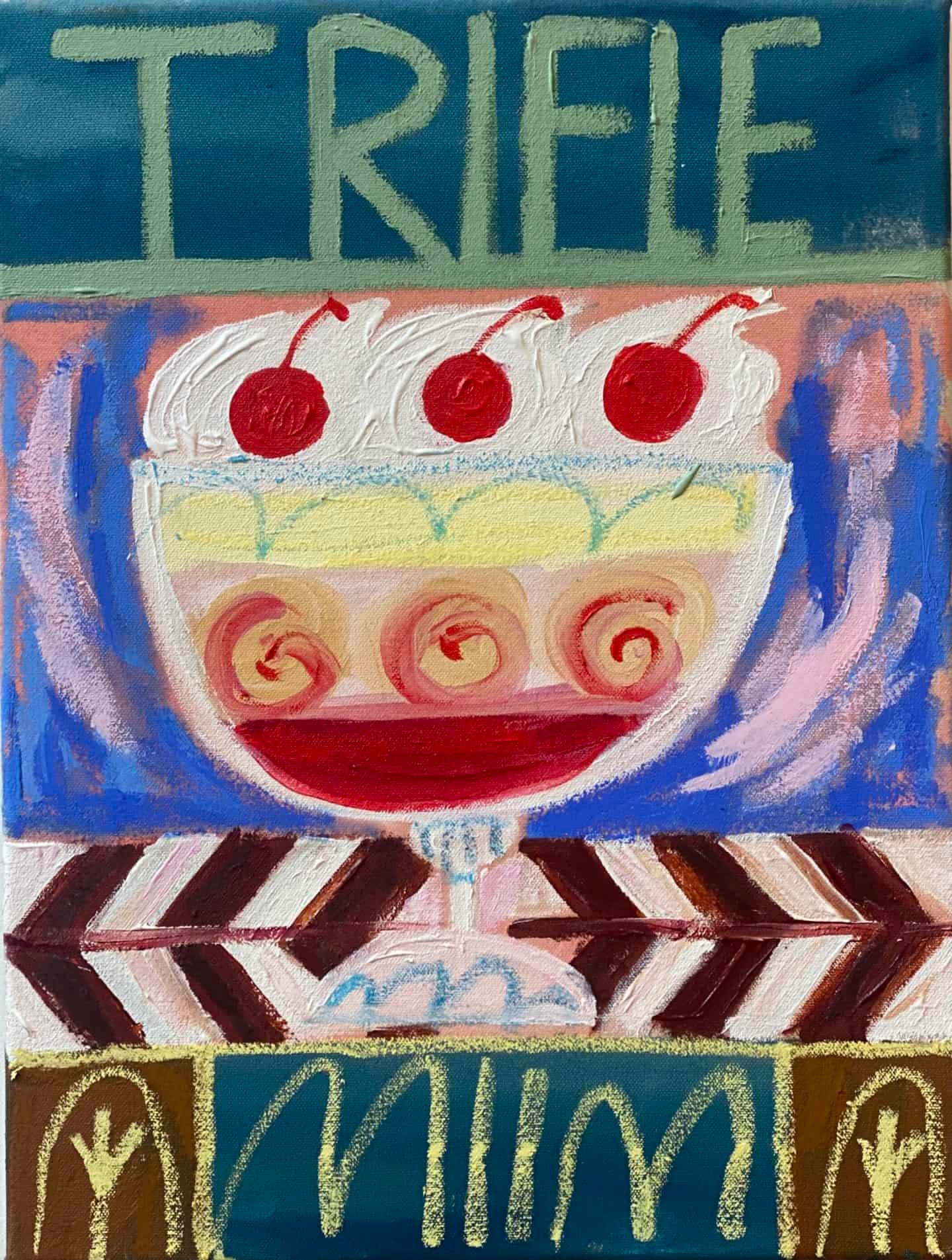‘And watched the world turn day-glo
You know, you know
The world turned day-glo, you know
Uh-oh’
Keep reading with a 7-day free trial
Subscribe to Topographic Kitchens to keep reading this post and get 7 days of free access to the full post archives.




